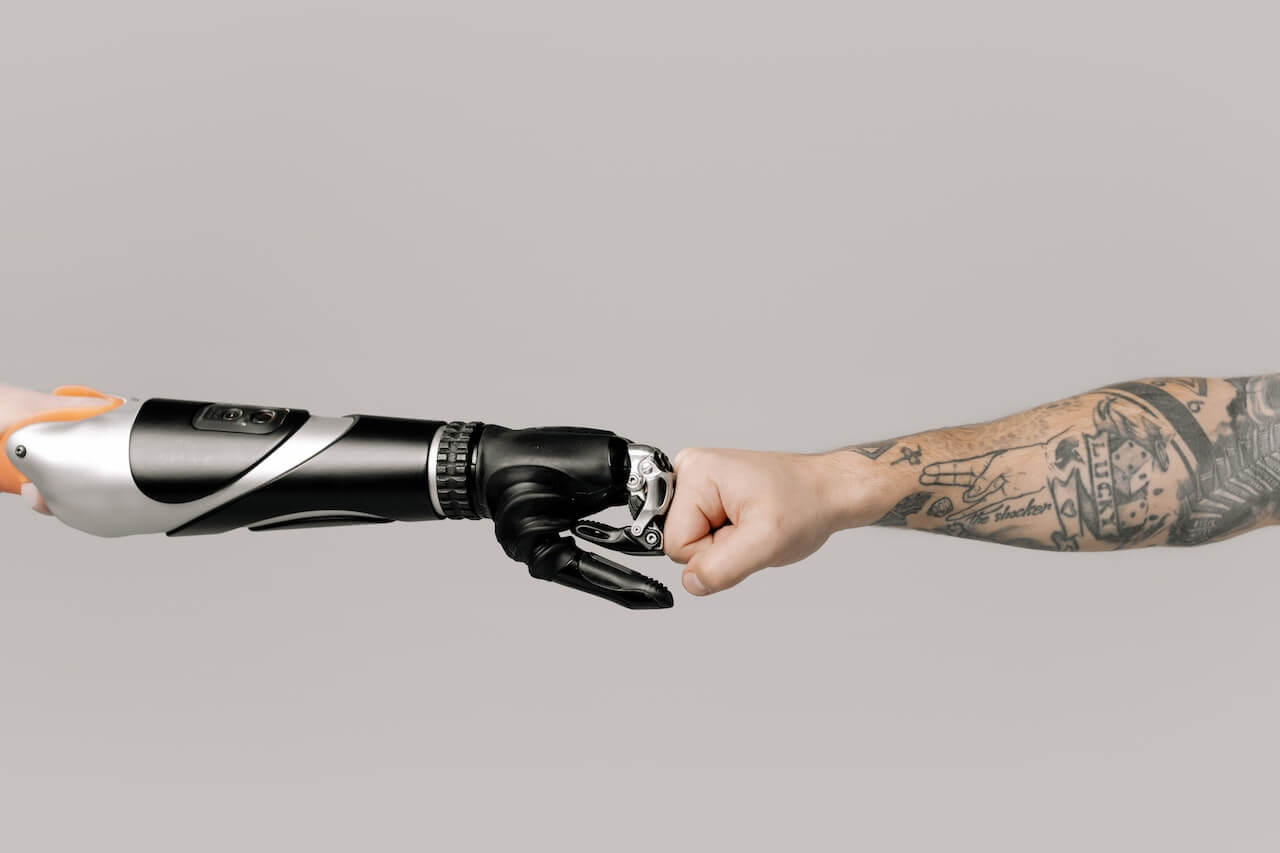The advancements in technology that have made it possible for amputees to regain some of their mobility and independence after losing a limb. Losing a limb can be a life-changing experience and can have a devastating impact on a person’s quality of life. However, arm prosthetics have come a long way in recent years and now offer a range of options to suit the needs of different individuals.
Arm prosthetics are devices that replace a missing arm. The arm prosthesis can be used for a variety of functions, such as imitating an arm, aiding with balance, and enhancing maneuverability by enabling the use of both hands.
The different kinds of arm prostheses, the advantages they provide, and how to care for them will all be covered in this article.
Types of Arm Prosthetics
There are several types of arm prosthetics, each designed for different levels of amputation and different needs. Here are some of the most common types:
Passive Prosthetics: Passive prosthetics are designed to look like a real arm but are not functional. They are typically made of silicone or other materials and are used for cosmetic purposes only.
Body-Powered Prosthetics: Body-powered prosthetics use cables and harnesses to control movement. The user must use their remaining limb to operate the prosthetic, which can be tiring but provides a high level of control.
Electric Prosthetics: Electric prosthetics use motors to control movement and are powered by batteries. They are controlled by sensors that detect muscle movements in the residual limb, allowing the user to perform a range of movements.
Hybrid Prosthetics: Hybrid prosthetics combine elements of body-powered and electric prosthetics. They use a combination of cables, harnesses, and sensors to provide a more natural and intuitive experience.
Benefits of Arm Prosthetics
Arm prosthetics offer a range of benefits to amputees, including:
Increased Mobility: With an arm prosthetic, amputees can perform a range of tasks that were previously impossible or difficult, such as cooking, cleaning, and even driving.
Improved Quality of Life: Arm prosthetics can help amputees regain their independence and improve their self-esteem and mental health.
Reduced Pain: Prosthetics can help distribute weight and pressure more evenly, reducing the pain and discomfort that can come with using crutches or other mobility aids.
Caring for Arm Prosthetics
Proper care and maintenance are essential to ensure the longevity and functionality of arm prosthetics. Here are some tips for caring for your prosthetic:
Clean your prosthetic regularly with mild soap and water. Avoid using harsh chemicals or abrasive materials.
Store your prosthetic in a dry, cool place when not in use.
Check your prosthetic regularly for signs of wear and tear, such as frayed cables or cracks in the plastic.
Visit your prosthetist regularly for adjustments and maintenance.
Conclusion
In conclusion, arm prosthetics can offer a range of benefits to amputees, from increased mobility to improved quality of life. With proper care and maintenance, these devices can provide long-lasting functionality and independence. If you or a loved one are in need of an arm prosthetic, be sure to speak with a qualified prosthetist to determine the best option for your needs.



